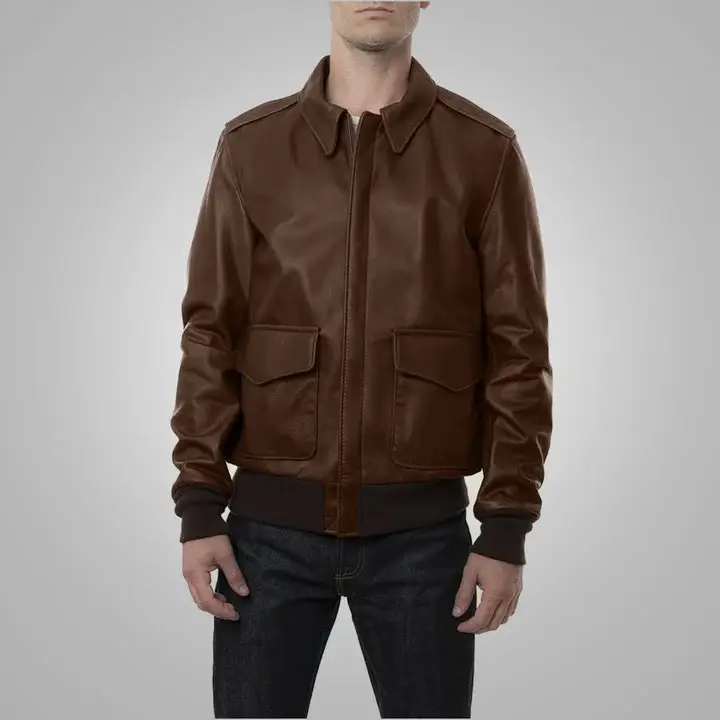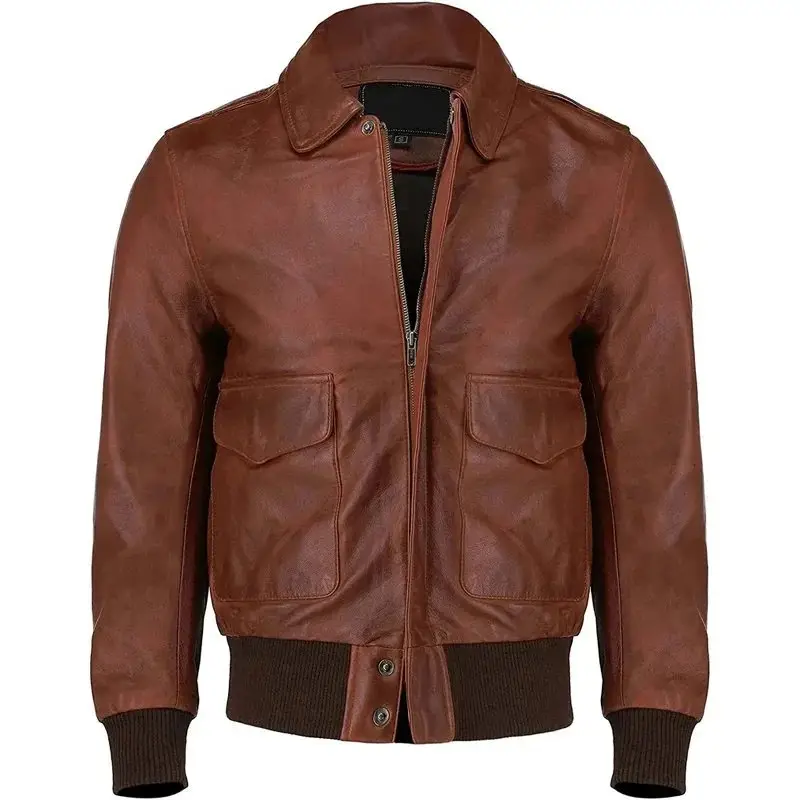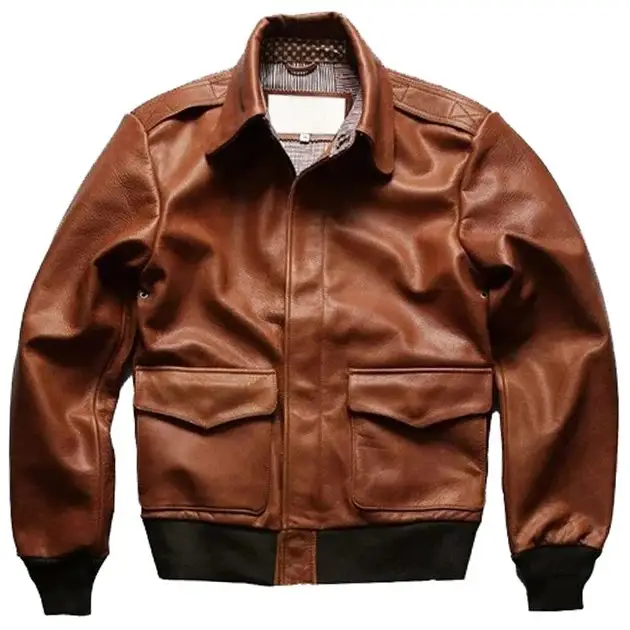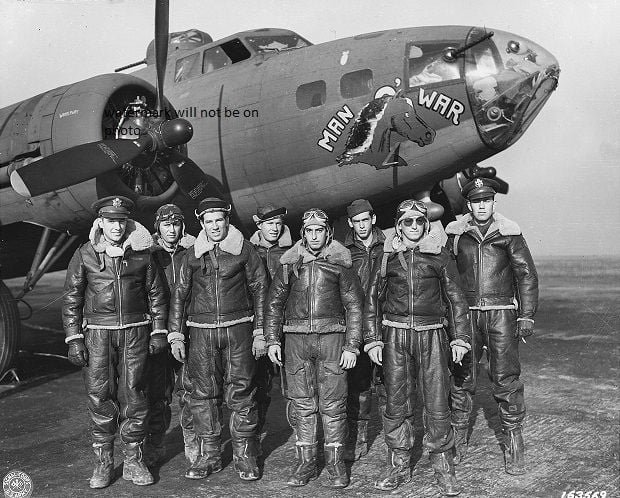How to Wear a Flight Jacket?
Understanding the History and Style of the Flight Jacket
The flight jacket, originally known as a bomber jacket, holds a significant place in fashion history due to its military origins and enduring appeal. Its journey began during World War I when the need for specialized outerwear for pilots became evident. The initial designs were functional and crafted to withstand harsh flying conditions. During World War II, the flight jacket we recognize today started to take shape. The A-2 jacket, introduced by the U.S. Army Air Corps, featured a front zipper, knitted cuffs and waistband, and were made of horsehide leather for durability.
Another iconic variant, the B-3 jacket, developed for high-altitude bombers, showcased heavyweight sheepskin leather with shearling lining, providing exceptional warmth. Post-World War II, the MA-1 jacket emerged as the next evolution, designed by the United States Air Force. It transitioned to a nylon construction with a reversible orange lining, meeting the need for visibility in rescue operations. The MA-1’s lightweight design and practical features, such as multiple pockets and water-resistant material, contributed to its broad acceptance.
The flight jacket’s entrance into mainstream fashion can be attributed to its adaptability and rugged charm. It found favor among civilians in the post-war era, becoming a symbol of rebellious youth culture in the 1950s and 60s. Hollywood further cemented its status, with iconic appearances in movies like “Top Gun” turning the flight jacket into a cultural staple. Over time, designers have reinterpreted classic styles, ensuring their presence in both men’s and women’s clothing lines.
Today, the flight jacket’s blend of practicality and style ensures its longevity in contemporary wardrobes. Its versatility allows it to be dressed up or down, making it suitable for various occasions. Whether it’s the traditional leather A-2, the insulating B-3, or the sleek MA-1, the flight jacket remains a testament to timeless fashion, embodying durability, masculine ruggedness, and effortless style.
Choosing the Right Flight Jacket for Your Body Type and Lifestyle
When selecting a flight jacket, it is essential to consider both your body type and your lifestyle needs. The fit of the jacket is paramount; a well-fitting jacket can enhance your overall appearance while providing comfort and ease of movement. For individuals with a more athletic build, a slim-fit flight jacket can accentuate your physique. Conversely, those with a fuller figure may find a regular fit jacket more flattering, allowing for a relaxed yet structured look.
Length is another significant factor to consider. Crop-length flight jackets are ideal for shorter individuals as they can elongate the appearance of the legs, giving a balanced silhouette. On the other hand, a mid-length jacket suits taller individuals, aligning well with their natural proportions without overwhelming their frame.
Material choice also plays a crucial role in finding the perfect flight jacket. Leather is a classic, durable option that adds sophistication and can be dressed up or down. Nylon and polyester versions are lighter and better suited for more casual, everyday wear. Additionally, shearling-lined options provide extra warmth, making them ideal for colder climates. It is advisable to try on jackets made from various materials to discern which one feels the best and meets your practical needs.
Color and pattern should align with personal style and wardrobe versatility. Classic colors such as black, brown, and navy are timeless and can be easily coordinated with a range of outfits. If you prefer a bolder statement, consider jackets with patches, embroidery, or unique patterns that reflect your personal style. Ultimately, trying on different styles and paying attention to these factors will help you find a flight jacket that not only complements your body type but also suits your lifestyle and enhances your personal wardrobe.
Styling Tips: How to Incorporate a Flight Jacket into Different Outfits
The versatility of a flight jacket makes it an indispensable piece in any wardrobe, adapting seamlessly to various styles and occasions. For a casual, laid-back look, pair your flight jacket with a simple combination of jeans and a T-shirt. Choose a classic white or black T-shirt to keep the focus on the jacket, while distressed denim jeans add an effortlessly cool touch. Complete this ensemble with sneakers or boots for an easy yet stylish outfit.
If you’re aiming for a more polished appearance, a flight jacket can still play a pivotal role. Layer it over a crisp button-down shirt and tailored trousers. Opt for neutral tones such as navy, grey, or black to maintain a cohesive and sophisticated look. Accessories like a leather belt and dress shoes will elevate the outfit, suitable for smart-casual events or a night out. For women, wearing a flight jacket over a midi dress or skirt provides a chic contrast. This combination balances feminine flair with an edgy, rugged charm, perfect for both day and evening wear.
Seasonal variations can also influence how you style your flight jacket. In winter, layering is key. You can wear a thick sweater or hoodie underneath your flight jacket for extra warmth, opting for bulky designs that accommodate additional layers. Pair with insulated, slim-fit pants and sturdy winter boots. When transitioning to spring or fall, consider opting for lightweight versions of the flight jacket made from materials like cotton or nylon. These variations can be worn over light sweaters or long-sleeve shirts, keeping you comfortable as the weather shifts. Match your look with chinos or casual slacks and loafers or ankle boots to strike a balance between warmth and style.
Incorporating a flight jacket into your wardrobe provides a timeless and adaptable fashion statement. Its ability to transition from casual to smart-casual, and its adaptability to seasonal changes, makes the flight jacket a reliable and stylish choice, no matter the occasion.
Care and Maintenance: Keeping Your Flight Jacket Looking Its Best
Maintaining the pristine condition of your flight jacket is essential for preserving both its functionality and appearance. Given the variety of materials commonly used in flight jackets—such as leather, nylon, and sheepskin—specific care guidelines can make all the difference. Properly cleaning and storing your jacket while addressing minor repairs promptly will significantly extend its lifespan.
For leather flight jackets, routine maintenance begins with surface cleaning using a damp cloth to remove dirt and dust. Avoid using soap or harsh chemicals, as they could damage the leather. Instead, opt for a leather cleaner or conditioner, available in most stores. Conditioning your leather jacket every few months will keep it moisturized and prevent it from drying out or cracking. Always store leather jackets in a cool, dry place and avoid direct sunlight to prevent fading.
Nylon flight jackets, on the other hand, require a different approach. Typically more resilient to the elements, these jackets can generally be cleaned with a mild detergent and cold water. Use a sponge or soft brush to gently scrub the surface, then rinse with cold water. Air drying is crucial to maintaining the shape and texture of the nylon fabric. Ensure the jacket is hung in a well-ventilated area away from direct sunlight.
Sheepskin flight jackets come with their unique set of challenges. It is recommended to avoid washing the jacket yourself due to the sensitivity of sheepskin. Professional cleaning is often the best route to take. If you need to address small stains, gently blot the area with a clean damp cloth. Make sure to keep the jacket away from heat sources and always use padded hangers to preserve its shape.
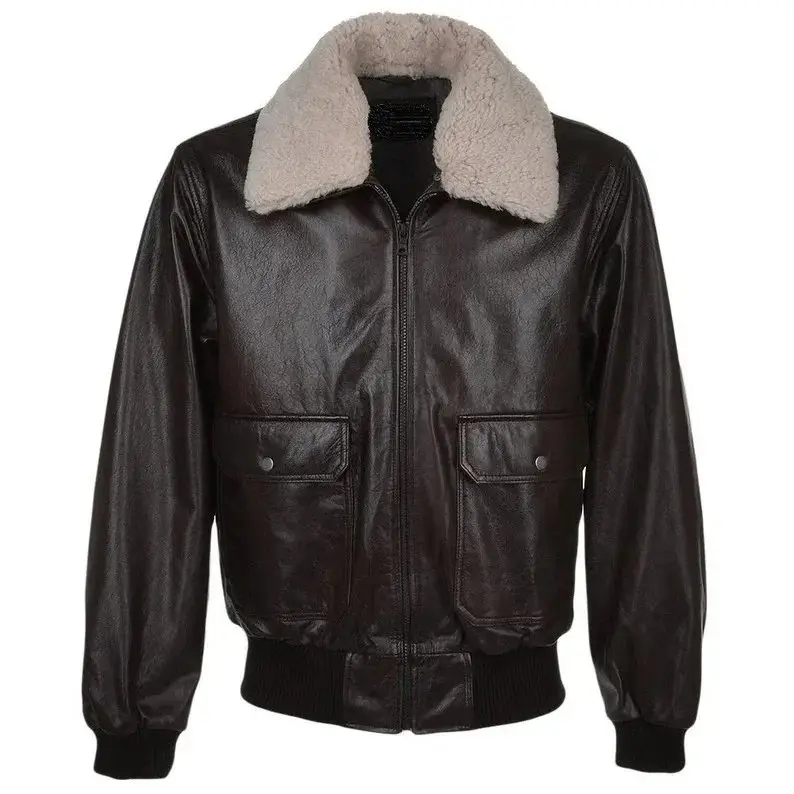
Proper storage is equally important irrespective of the material. Hang your flight jacket on a sturdy, padded hanger to maintain its structure. A breathable garment bag will offer additional protection from dust and damage. When storing long-term, avoid folding as this can cause creases that may be difficult to remove.
For minor repairs, such as stitching that has come undone or small tears, consider using a specialized repair kit or taking the jacket to a professional tailor. Addressing minor issues promptly can prevent them from escalating into more significant problems.
Regular maintenance of your flight jacket is not just about appearance; it’s about prolonging the life of an iconic piece of clothing that can serve you well for years to come. By following these care and maintenance tips, your flight jacket will continue to look its best, reflecting the timeless style associated with this classic wardrobe staple.


